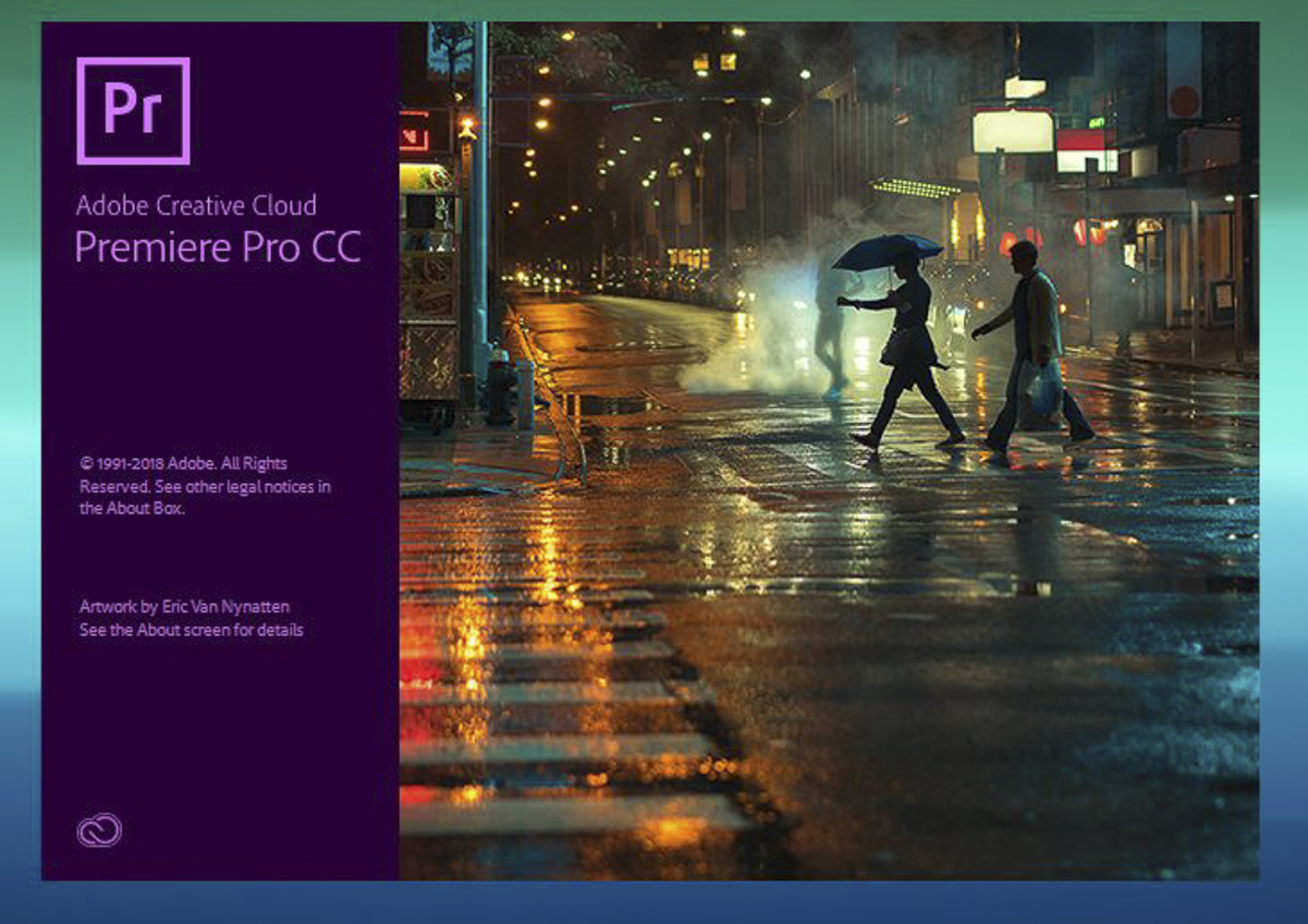It comes as no surprise that six will follow five – it’s only natural.
Here we are, part six of the A CERTAIN WAY TO MAKE A SHORT FILM series that covers my personal process for creating an animated short film – from start to finish. In the first five parts of this series I have covered pre-production and production but now for the final three parts of the series, the focus will on post-production and release. This film is also partially animated, so post-production is a lot, but I will try to simplify it enough to keep the story moving.
As always, thanks again to anyone who has made it this far into this blog series! Although I’ve learned a bit about the process of creating a blog, I am certainly not an expert and I appreciate anyone who has had the patience thus far to follow along. It means a lot and I hope that this series has been insightful and informative to anyone reading as it has been to me.
So, let’s begin.
I should note that this part of the series will probably be one of the more boring and monotonous, as discussing organization with crafty pictures of folder structures isn’t the most entertaining thing in the world. However, bear with me, as organization is incredibly crucial to the success of an edit – and if you are working with a team, poor organization has the ability to sink a project.
DO NOT SKIP OUT ON THIS STUFF.
Smiles.
So, after a long day of filming, the first thing I do when I get home from a shoot is to return to my apartment’s porch and give a quick update to the birds. Without them, I wouldn’t be here (see pt. 1). I then go back inside to begin dumping and logging the footage, audio as well as some of the sheep files that I created earlier on in the process.
I create several folders. First, a project folder that will house everything. Within it, I also create folders for the footage, dialogue, sound FX, music, and After Effects files. Simple enough.
This will make things so much easier when I begin editing because I know where everything goes and can quickly navigate to it if there’s an issue (and boy, were there issues with this film).
Although, I would recommend batch renaming your files for easier search-ability later on, it was not something I did with this shoot as the majority of the takes were logged onto a time sheet with corresponding audio file names.
After this is all done, I can begin reviewing the footage and editing.
NOW. This process is different for everybody, but for me personally, I like to sit back with a coffee or hot tea and watch all of the footage and ingest it into my brain – A Clockwork Orange style.
Pro-tip: It helps to be as familiar with your footage as possible. You never know how much an edit that you had in your head can change, and flexibility is key. #PostProductionYoga.
Distracted again. Moving on.
TIME TO EDIT!
SO. Editing is slow, dull, subjective, rewarding, intoxicating, nerve-wracking, exciting, pleasurable, delinquent, frustrating and political. It is, without a doubt, where the film is made. It is also where great heroes are born. A great edit can save a poorly shot film, and a bad edit can ruin an excellent film. Take this part seriously.
To keep things simple, the edit is where you begin to sync your audio files with video files, place them on to the timeline with some snazzy music, maybe add some color correction and BOOM, you’re done!
Not so quickly, organization is important here too!
Early on in my editing career I hadn’t yet learned the lesson of editing in passes or waves and would edit a section until it was complete and then move on. This can be disastrous so let me explain a better way.
First, sync your audio and then begin piecing together your rough cut. This doesn’t have any audio mixing, color correction or special FX – it’s just the footage. From here, you will actually be in a better position to feel out your entire project and make better decisions about the effects and audio as well as the overall vibe of them film. It’s silly just how important vibes are in film-making.
Once complete, you can then begin to make more specific decisions about how to handle different FX and tonal pieces within the film.
Typically, a solid rough cut takes me the longest on a project, but once I have it, it rarely changes.
And this is where part six of A CERTAIN WAY TO MAKE A SHORT FILM series comes to a close. The next part of this series will probably be a long one as it covers audio mixing, music, and some of the animation of the sheep. There are only two parts left, so don’t forget to check those out when they are posted!
Anyways, thank you so much for reading! If you would like to hear more about my content, just hop on over to my socials:



